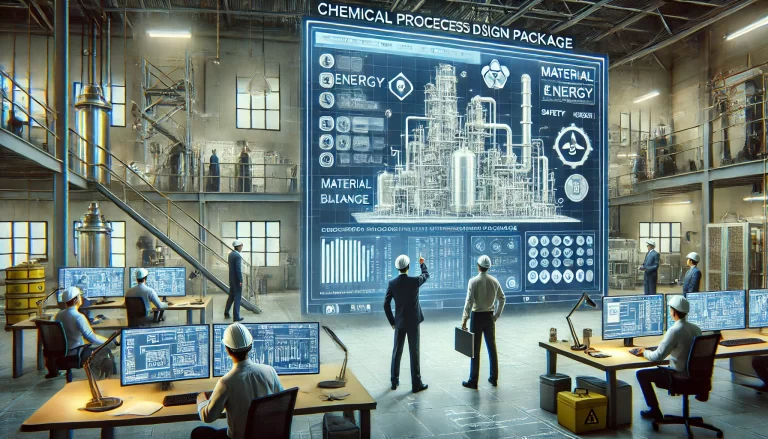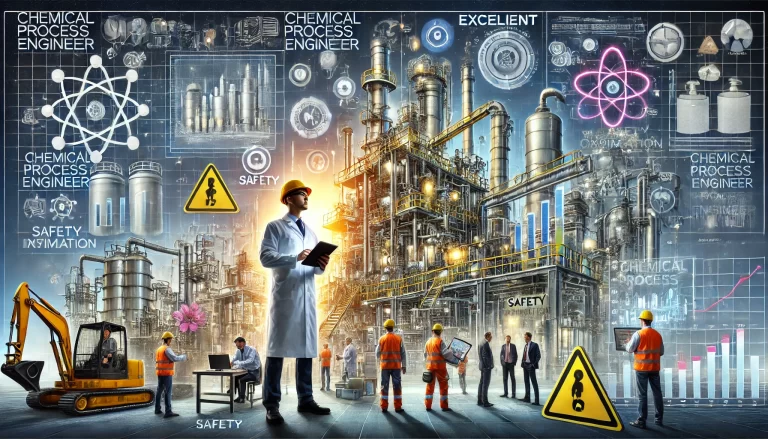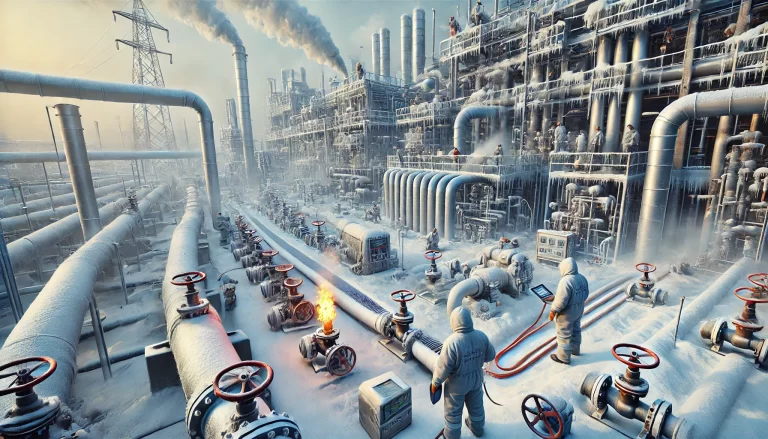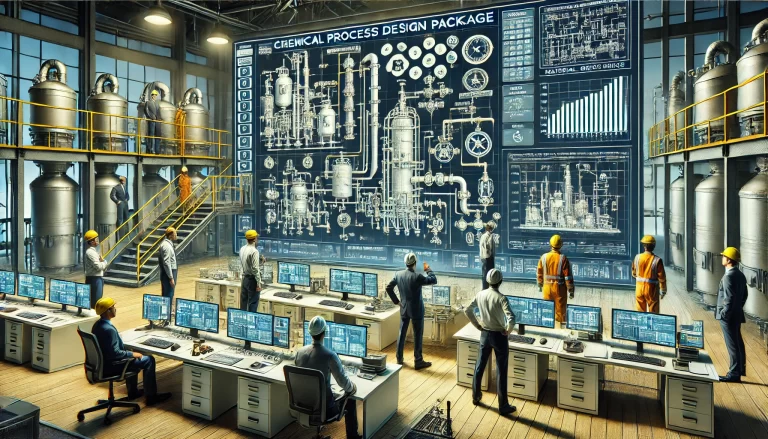In environments with explosion risks, such as chemical plants, maintaining explosion-proof electrical equipment is critical to ensuring operational safety and protecting the health of employees. These devices must not only withstand harsh conditions but also maintain their explosion-proof characteristics. Below is a comprehensive guide to maintaining explosion-proof electrical equipment, focusing on key points to ensure the equipment operates safely and reliably in hazardous environments.

1. Visual Inspection
Visual inspection is the starting point of any maintenance program and is essential for identifying potential issues early. Key steps include:
- Check the exterior of the equipment: Inspect for cracks or damages on the enclosure, peeling paint, and ensure that all sealing covers are securely fastened.
- Inspect wiring and connections: Verify the integrity of terminal boxes and connectors to avoid loose wiring or gaps that may lead to sparks.
- Specific to oil-filled equipment: Look for any oil leaks or seepage and confirm that oil levels meet operational requirements. Improper oil levels can compromise both performance and safety.
Regular visual checks are instrumental in addressing minor issues before they escalate into major hazards.

2. Professional Equipment Testing
Specialized testing is necessary to evaluate the electrical performance of explosion-proof equipment. Key procedures include:
- Electrical safety tests: Measure insulation resistance and grounding resistance using professional instruments to ensure the equipment meets safety standards.
- Ventilation and exhaust system testing for positive pressure equipment: Verify that ventilation and exhaust systems function correctly, connections are secure, and intake/exhaust ports meet regulatory standards. Proper ventilation prevents the ingress of flammable gases, ensuring internal pressure balance.
This step ensures that the equipment performs reliably without electrical faults that could cause explosions.
3. Specialized Inspection
Targeted inspections ensure that all protective mechanisms function as designed. This includes:
- Sealing and isolation: Confirm that sealing and isolation components are properly installed to prevent flammable gases from entering equipment interiors. Pay attention to signs of aging or damage in seals.
- Grounding and anti-static measures: Test the grounding systems to ensure compliance with design requirements. Effective grounding minimizes static charge accumulation, which can ignite explosive atmospheres.
A focus on these specific areas helps eliminate vulnerabilities that could compromise safety.

4. Tightening and Securing Enclosures
The integrity of equipment enclosures is vital to maintaining explosion-proof properties. Key actions include:
- Use torque wrenches: Tighten bolts on explosion-proof surfaces uniformly using specified torque values to avoid uneven stress, which could widen the explosion gap.
- Check all bolts and washers: Verify that all fasteners, including spring washers, are securely tightened and free from rust or damage.
This process ensures the enclosure can contain any internal explosion without structural failure.
5. Corrosion Management
Corrosion is a significant concern in chemical plants due to the presence of aggressive chemicals and environmental factors. Maintenance steps include:
- Inspect metal parts and insulators: Regularly assess the condition of the metal enclosure, fasteners, and insulation materials for signs of corrosion or degradation.
- Apply protective coatings: Use corrosion-resistant paints or coatings to shield vulnerable components from damage. Replace severely corroded parts promptly to maintain performance and safety.
Proactive corrosion management extends the lifespan of the equipment and prevents failures.

6. Safety Assessment
Comprehensive safety evaluations are essential to verify that the equipment complies with regulatory standards and operational requirements. This includes:
- Selection and installation evaluation: Ensure that the equipment matches the hazardous area classification, including gas type and explosion group. Proper installation as per the operation manual is vital to preserving explosion-proof performance.
- Operational and maintenance assessments: Conduct regular reviews of equipment status, maintenance logs, and any identified safety risks. Promptly address deficiencies to ensure long-term reliability and safety.
7. Compliance with Certification Requirements
Adherence to certification and qualification requirements is critical for ensuring safety and compliance. Required documentation and certifications may include:
- Explosion-proof certification.
- Manufacturing license and product inspection reports.
- Compliance with national and industry standards.
- CCC certification and qualifications for installation, inspection, and maintenance.
Ensuring all equipment meets these criteria guarantees its legality and safety in use.

Conclusion
Maintaining explosion-proof electrical equipment in chemical plants is a complex and detailed task that requires systematic management and strict adherence to safety protocols. By following the above maintenance steps and ensuring compliance with certification requirements, businesses can minimize explosion risks, safeguard employees, and protect valuable assets.
